
Expedition Unknown: Saving Marine Mammals Is a Daunting Task (Op-Ed)
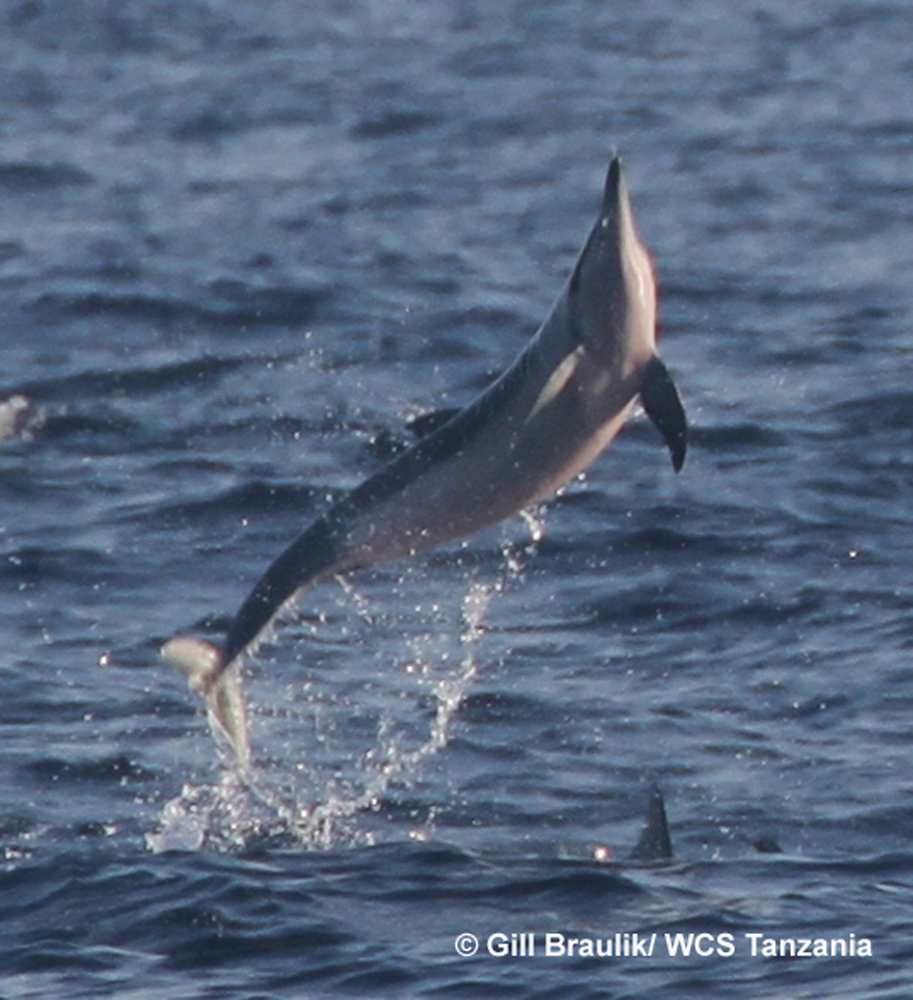
Gill Braulik conducts scientific research and conservation on cetaceans in the western Indian Ocean for the Tanzania Program at the Wildlife Conservation Society. She contributed this article to Live Science's Expert Voices: Op-Ed & Insights.
The coast of Tanzania spans nearly 500 miles (800 kilometers), and all of it is potential habitat for dolphins and whales. Locating these threatened animals is a daunting undertaking, as each dolphin is just a tiny speck in an immense ocean. In fact, for the 40 days of our expedition, it takes incredible concentration and the sharpest, most practiced eyes to find them.
But find them we will.
The largest marine animals — such as dolphins, whales, sharks and marine turtles — are some of the most iconic creatures in the ocean. But even after decades of dedicated conservation efforts, these animals are still disappearing. Intense fishing has resulted in massive declines, mostly due to accidental entanglement in nets, hunting or targeted fishing. They also face threats from ship strikes, accumulated toxins and the increasing noise from ships, construction, oil exploration and naval sonar.
Whales and dolphins are not as well understood as land-dwelling mammals. But the threats these marine mammals face are often more severe, and many populations are threatened with extinction. How do we even begin to prioritize or conserve important species or areas, when the scale of the unknown is so enormous, the threats are so great and the resources are so meager? The current survey is an attempt to address this problem.
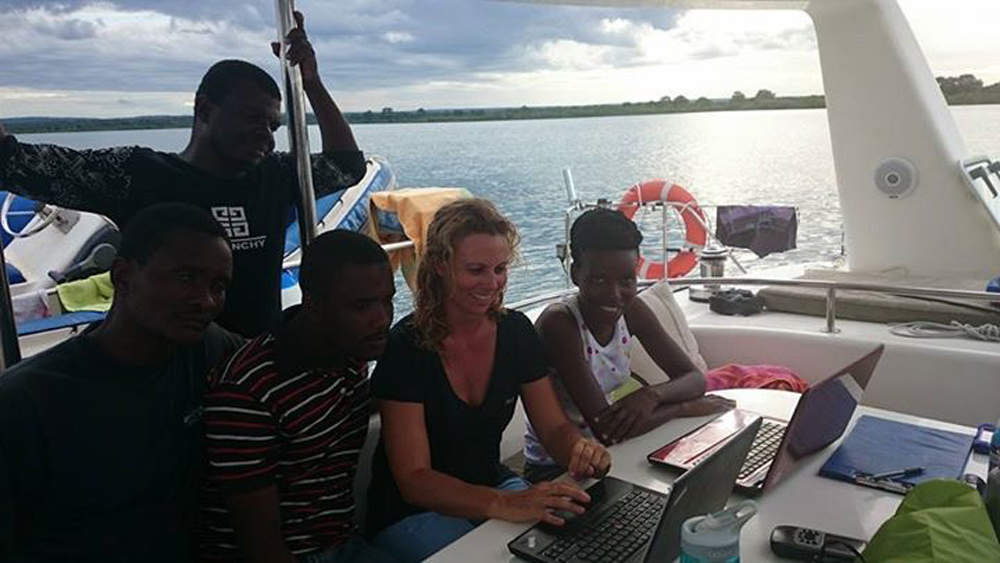
To solve the problem, first understand it
For 15 years, I've been working to understand, and conserve, endangered dolphins in Asia and Africa. The work I'm leading in Tanzania — conducted by the Wildlife Conservation Society (WCS), with funding from the Pew Charitable Trust — is a new approach to rapidly generate information on marine mammals and the threats they face across the entire coast of a single country. In this case, the country is Tanzania, which is a little known but potentially important marine area because of its large variety of habitats, depths and strong coastal currents.
Sign up for the Live Science daily newsletter now
Get the world’s most fascinating discoveries delivered straight to your inbox.
What we learn will enable us to target conservation to the most critical places. If our effort is successful on the coast of mainland Tanzania, it will be replicated in other parts of Africa.
All of our team members are Tanzanian nationals who work on marine conservation issues but who, prior to this expedition, had never seen a wild dolphin. After rigorous training, they are now running the survey capably and reveling in the experience. Leading the effort is Magreth Kasuga, a smart, resourceful and tough young Tanzanian woman from Dar es Salaam.
Every time we see a new species, the team pulls out the identification books and scours them for information about what we just saw. "Did you know pilot whales normally eat squid?" Kasuga asked me. "They live to be more than 60 years old, and males weigh more than 3 tons!" This work will contribute to Kasuga's master's thesis, one of the first in the country focused on dolphins, and designed to provide a more detailed understanding of population size and movements of coastal dolphins in northern Tanzania.
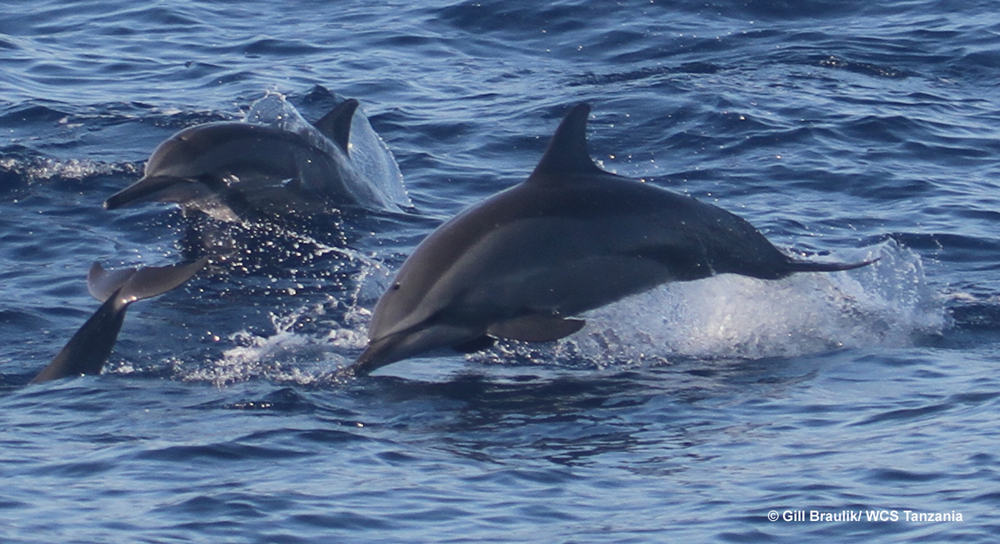
Spotting the spinners
On day 30, our team of seven entered the Pemba Channel in northern Tanzania, and the anticipation was palpable. With its ripping ocean current and depths of up to 2,625 feet (800 meters), the channel offers spectacular sightings of unusual animals, including big groups of pilot whales, dramatic false killer whales and beautiful but rarely seen Fraser's dolphins.
Today, the weather is calm, but the sun is hot. Another observer, Haji Mohammad, calls out a sighting. "Surfacing, 25 degrees to port!" As the boat turns toward the splash, all hands are on deck, eyes on the water. A group of spinner dolphins erupts out of the sea. While spinner dolphins seem to be the most common dolphin species in Tanzania, they are also one of the most spectacular, named for the way they leap clear out of the water and spin on their axis in what appears to be an act of sheer joy.
In every direction, dolphins are leaping and spinning and many animals come and ride the bow wave of our boat. We estimate 800 individuals in this group — a record high so far. It's impossible not to feel exhilarated by this interaction with these wild, intelligent creatures.
In addition to our visual observers watching from a high platform, we also used underwater hydrophones to record the clicks and whistles the animals produce. From those observations, we have made an unexpected discovery: The hydrophones also record the sounds of explosions from dynamite fishing.
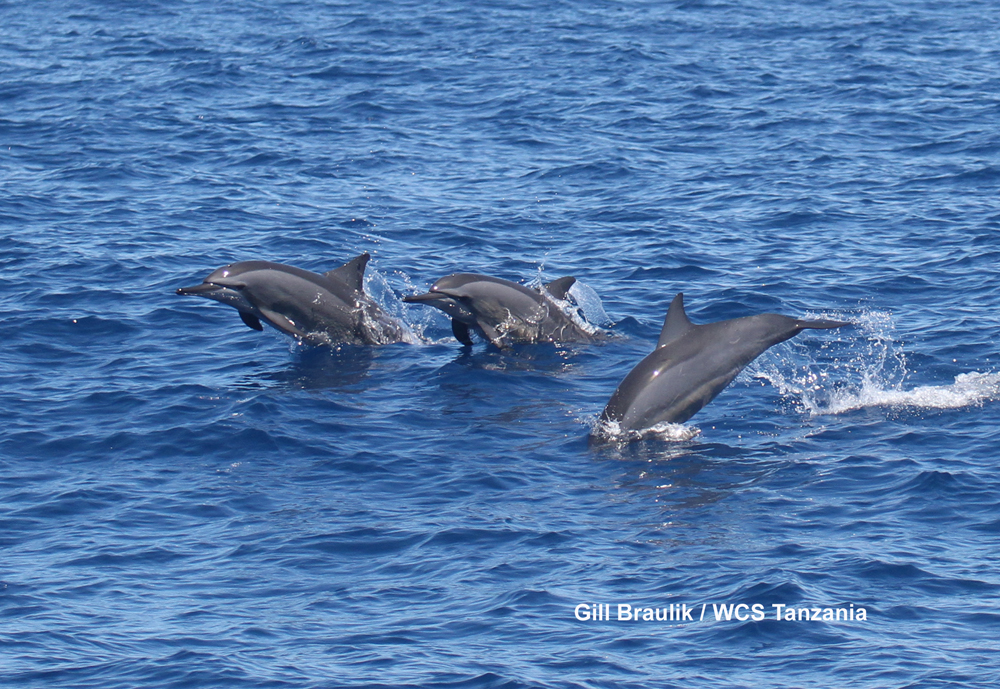
An explosive threat
This destructive and illegal activity involves the use of explosives to blast the sea, stunning or killing all nearby marine life. Blast fishing is an environmental catastrophe. According to research published in Marine Ecology Progress Series, a typical charge will kill most marine organisms within a radius of 5 to 20 meters ( 17 to 67 feet), depending on the situation. Widespread blasting can ultimately reduce coral reefs to rubble and degrade fisheries, and it accelerates the collapse of fish populations, according to WWF's Helen Fox. [In Photos: The World's Most Endangered Marine Mammal ]
We have already recorded more than 300 blasts, with the highest density close to Dar es Salaam, the nation's biggest city.
Although it's well known to those involved in fisheries, tourism and conservation that blast fishing is rampant, we are shocked at the sheer scale of the problem. For whales and dolphins that rely on underwater sound for navigation and communication, the impact of underwater blasting is likely to be severe. Knowledge from studies of cetaceans impacted by noise, including from underwater explosions in other parts of the world, shows that, at best, animals might be disturbed and move away from their preferred habitat or, at worst, will be injured or killed.
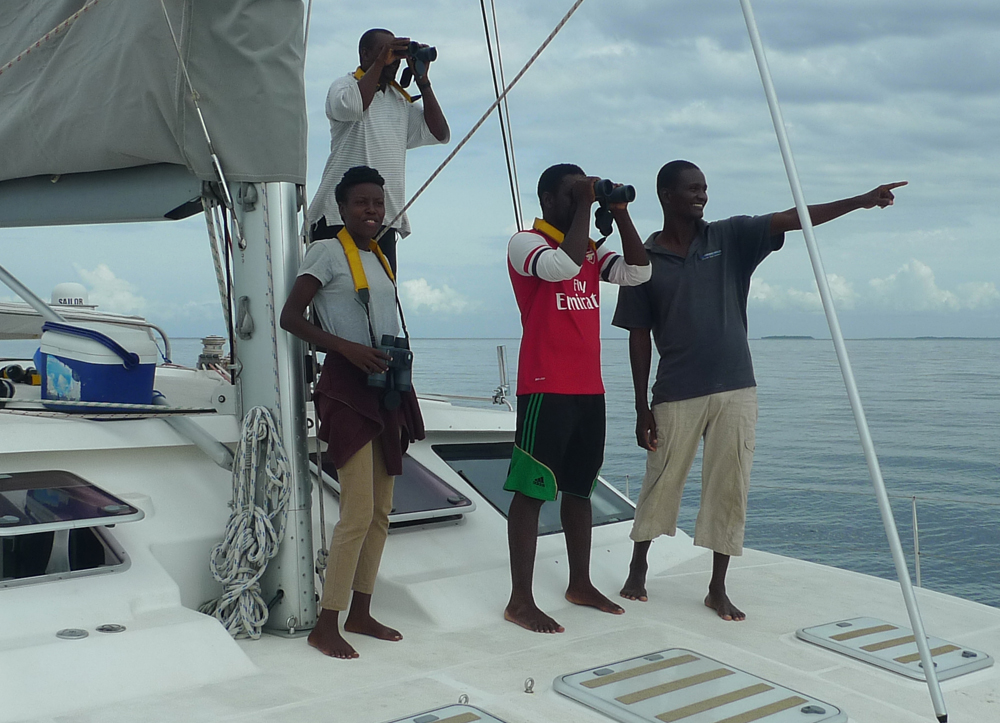
Plotting a course for protection
As day 30 ended, and the observers packed away the equipment for the night, we downloaded the data and updated our sighting tally. We had seen 10 species and 69 groups by day 30 — and by day 40, those numbers grew to 11 species and 75 groups. It's an impressive list. Despite many threats to the marine environment in East Africa, our national survey has found large numbers, implying sizable populations of many dolphin species.

Tanzania — home of the Serengeti and Mount Kilimanjaro, and the land of elephants, lions and migrating wildebeest — has another jewel in its already impressive crown: a large diversity of dolphins it its oceans. Now that we have made this discovery, the next step is to set about protecting these amazing creatures.
This article is the first in the series Women's History Month: Blogs from WCS (Wildlife Conservation Society). Read more on the WCS Expert Voices landing page.
Follow all of the Expert Voices issues and debates — and become part of the discussion — on Facebook, Twitter and Google+. The views expressed are those of the author and do not necessarily reflect the views of the publisher. This version of the article was originally published on Live Science .









